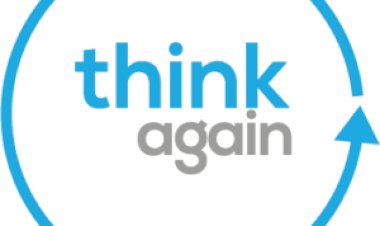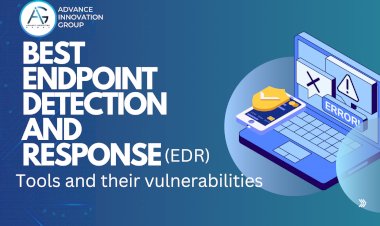A3 Testing: A Lean Tool for Problem Solving and Continuous Improvement

A3 Testing: A Lean Tool for Problem Solving and Continuous Improvement
In the dynamic and competitive landscape of today, continuous improvement is vital for competitiveness. A3 Testing, a cornerstone of the Lean methodology, provides a structured and flexible approach to problem-solving and process enhancement. Rooted in Toyota's Lean manufacturing philosophy, this method empowers teams to systematically identify challenges, analyze their underlying causes, and implement effective solutions with precision and collaboration.
What is A3 Testing?
The term "A3" is derived from the standard Japanese paper size (11" x 17"), which serves as the template for documenting and visualizing the problem-solving process. The purpose of A3 Testing is to present a problem, its root causes, and proposed solutions in a clear and concise single-page format. This streamlined approach encourages focused thinking and aligns with Lean principles by eliminating waste, particularly the inefficiencies caused by overly complex or lengthy documentation.
Key Components of A3 Testing
A3 Testing consists of key elements that provide a structured approach to problem-solving. Each section of the A3 document serves a unique role:
Background: This section sets the stage for the problem by explaining its relevance, the status, and the necessity of tackling it. It helps align stakeholders on the importance of addressing the issue.
Current Condition: In this section, teams provide an overview of the current situation, often using data and visual aids like graphs or charts etcetera to effectively highlight the scope and impact of the issue.
Goal/Target Condition: This area of A3 testing defines what is the desired outcome, and the outcome must be specific, measurable, achievable, relevant, and time bound. Clear targets should be set and aligned across the team providing a benchmark for success.
Root Cause Analysis: One of the most vital steps in the A3 process i.e. root cause analysis, uses tools like "5 Whys", Brainstorming, Fishbone Diagram to deep dive and uncover the contributing reasons for the problem.
Countermeasures: This section focuses on identifying practical solutions that address the root causes of the problem. The proposed countermeasures are aimed at eliminating the core issues rather than just alleviating the symptoms.
Implementation Plan: A well-structured plan defines the steps required to implement the countermeasures, allocates responsibilities, and establishes a timeline for completion. This approach ensures accountability and keeps the team focused on achieving the objectives.
Follow-Up: Continuous improvement, a cornerstone of Lean thinking, is the focus of this section. It emphasizes tracking progress, evaluating countermeasure effectiveness, and making iterative adjustments to drive ongoing success.
Benefits of A3 Testing in Business and Beyond
A3 Testing offers several advantages for organizations looking to drive operational excellence:
Enhanced Clarity and Focus: A3 Testing breakdown complex problems into a simple format which enables quick understanding and wavy communication between teams and stakeholder.
Structured Problem Solving: The most frequently used approach encourages a methodical process that leaves no space or little space for guesswork. This structure makes it easier to address issues systematically rather than in an ad hoc.
Root Cause Identification: Through focus on root cause analysis, A3 Testing enables us to avoid "band-aid" fixes and foster sustainable solutions.
Alignment and Collaboration: The clear visual presentation and concise format help the team to unify the problem and planned solution, promoting better collaboration and buy-in.
Continuous Improvement: A3 testing is essential to create a culture of continuous improvement by motivating teams to contribute to outcomes and refine processes.
Implementing A3 Testing in Your Organization
Adopting A3 Testing can be a transformative step for any organization. To implement it effectively:
Train your Team: Teach & Educate your team members on Lean Principles, benefits and the specifics of the A3 process to create a foundation.
Provide Real-World Practice: Motivate your team members to use their A3 testing knowledge to solve the problems within an organization. Commence with small issues to build confidence before tackling more complex challenges.
Create a Visual Library of A3s: Completed A3s should be documented and made accessible for teams to reference. Displaying them helps build a shared knowledge base and can inspire others to adopt and benefit from the method.
Regularly Review and Reflect: Revisit completed A3s to evaluate the success of the solutions and implement adjustments where necessary. This reinforces the commitment to continuous improvement and ensures solutions are refined over time.
Conclusion
A3 Testing goes beyond being just a Lean tool; it serves as a powerful framework for driving change, fostering collaboration, and embedding a culture of continuous improvement within an organization. By emphasizing structured problem-solving and root cause analysis, A3 Testing enables organizations to tackle challenges in an efficient and sustainable manner.
Incorporating A3 Testing into your organization can enhance efficiency, reduce waste, and create a more engaged workforce dedicated to continuous improvement.

 Pranay Kumar
Pranay Kumar 




































Comments (0)
Facebook Comments